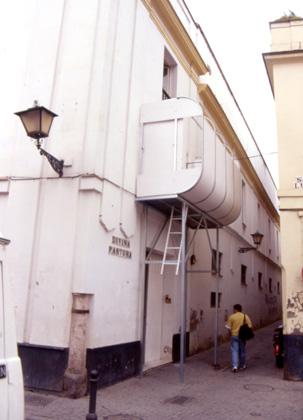The atmosphere at last week’s Megacities conference in Delft was subdued. I don’t suppose my own talk, which ploughed a similar path to the Debt, Diesel and Dämmerung narrative I mentioned yesterday, helped lighten the mood very much.
Spirits were low because it is becoming clear that mega solutions of any kind – whether or not they are desirable – will be extremely hard to sell, let alone launch, for the forseeable future. Given that our host venue, TU Delft, is Europe’s degree zero for mega-solutions, glum faces were to be expected.
So it was especially cheering when, the next day, Martien de Vletter (its Dutch co-publisher) gave me the brand new catalogue of an inspiring exhibition has just opened at the Canadian Centre for Architecture Actions: What You Can Do With the City.

The show features 99 actions that have the potential to trigger positive change in contemporary cities. The seemingly common activities, that feature walking, playing, recycling, and gardening, show the potential influence personal involvement can have in shaping the city – and challenge fellow residents to participate.
The project website includes projects by a diverse group of “human motors of change”. They include architects, engineers, university professors, students, children, pastors, artists, skateboarders, cyclists, root eaters, pedestrians, municipal employees.

The 99 actions touch on the production of food, and possibilities of urban agriculture; the creation of public spaces to strengthen community interactions; recycling of abandoned buildings for new purposes; the use of the urban fabric as a terrain for play such as soccer, climbing, skateboarding, or parkour; alternate uses of roads for walking, or of rail lines as park space.
Actions is curated by Giovanna Borasi and Mirko Zardini, with Lev Bratishenko, Meredith Carruthers, Daria Der Kaloustian, and Peter Sealy. The catalogue, which I warmly commend, contains case studies and short texts on most of the featured interventions.




